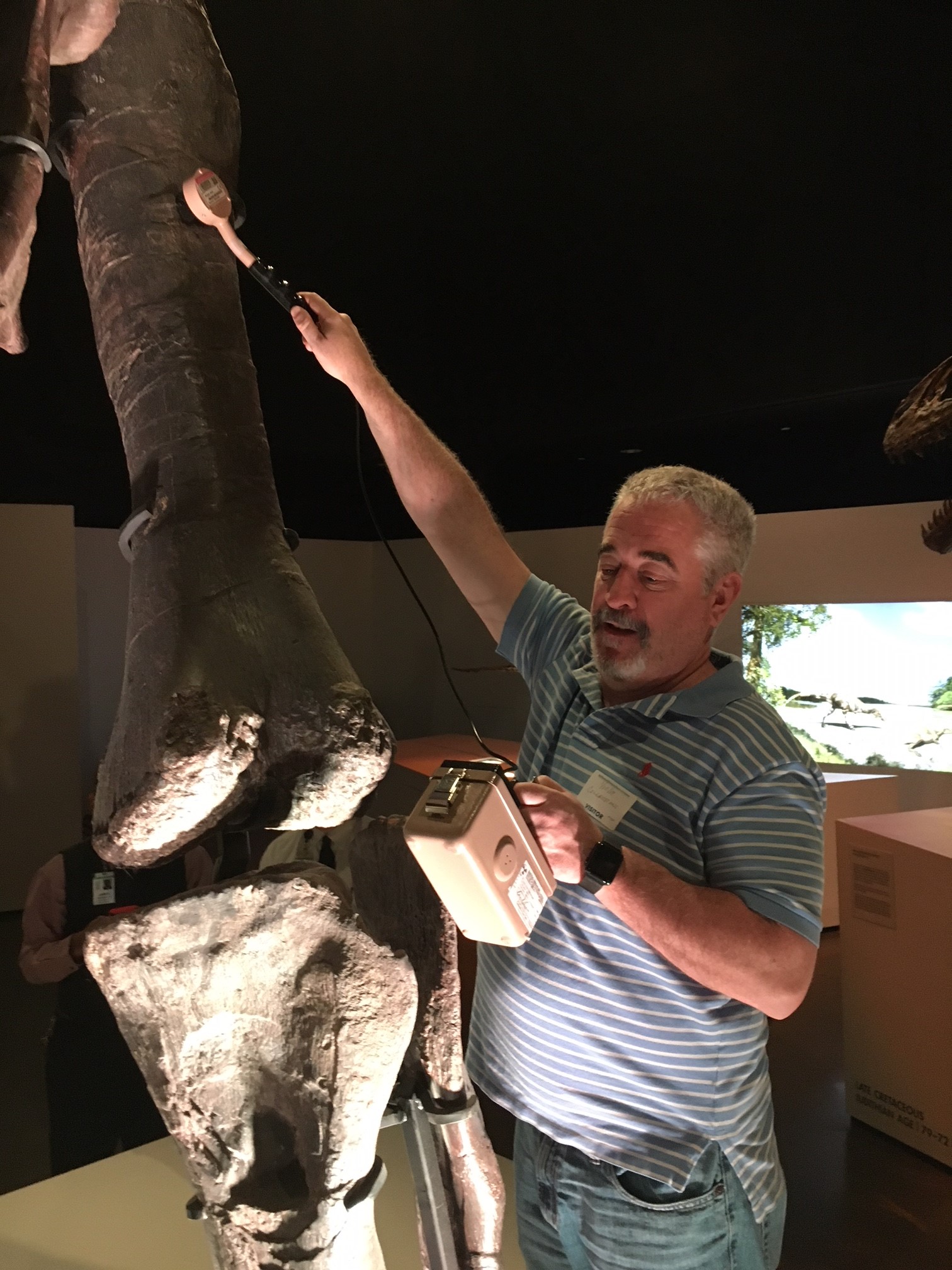In this day and age, it seems like everyone is trying to add some excitement to their lives. Now that we no longer have animals trying to hunt us and have enough infrastructure that one bad harvest won’t wipe us out, we’re looking for something to spend our excess energy on. People have taken to jumping off bridges with giant rubber bands, getting charged by bulls and jumping out of the way, or even eating fugu every chance they can.
Some of us less adventurous (and less crazy) folks have other ideas about how to heighten the adrenaline we get out of our hobbies. One of the more superficial ways to do this is to just add the word “extreme” (or, if we are hardcore enough, we might leave out the e and be “x-treme”). It started out with extreme sports. Then it went to x-treme makeovers and weight loss. And now, it has passed on to x-treme couponing. I expect x-treme snail fighting will be coming along some time soon.
While we could put the x-treme in front of astronomy to make it even more exciting, astronomy beat us to it with an “X” of its own: Extrasolar planets (called exoplanets or x-planets for short).
An x-planet is a planet outside our sun system. Once thought to be purely fiction, there are over 860 such identified planets (and by the time you read this, the number will have gone up). The first definitive finding of an x-planet was in April of 1992 in orbit of PSR B1257+12. (Unfortunately there are a lot of stars out there without names and only unwieldy catalog numbers.) The first multiple planetary system was found in 1999, in the Upsilon Andromedae star system — only 44 light years away.
But the search is still on for other habitable planets. Alpha Centauri has a planet the right size, but far too hot. OGLE-2005-BLG-390Lb (try pronouncing it, it’s a fun series of sounds) is larger than our planet, but too cold to support life. We have yet to find one that’s just right. When we do, it will still be a long drive to check and see if we have some neighbors.
Until then, the best way to experience what an “alien world” might be like is the X-Planet show in the HMNS Burke Baker Planetarium. And what better way to experience it than after-hours with the creators of the show, Dr. Carolyn Sumners and Adam Barnes?
 What: Behind-the-Scenes Tour of The X-Planets
What: Behind-the-Scenes Tour of The X-Planets
When: Thursday, April 18 at 6 p.m.
Who: Dr. Carolyn Sumners and Adam Barnes
How Much: $18
Since its launch in 2009, NASA’s planet-hunting Kepler Telescope has uncovered 2,740 new extra-solar planets, also known as exoplanets or X-planets. Now scientists are working to identify gases in the exoplanets’ atmospheres that can support life. It is just a matter of time before an “alien Earth ” is found. Join Dr. Carolyn Sumners and Adam Barnes of the Museum’s astronomy department for a behind-the-scenes look at the science behind X-Planets, the making of the film The X-Planets and a viewing of the film in the Burke Baker Planetarium. To purchase tickets and read more about the film, click here.







